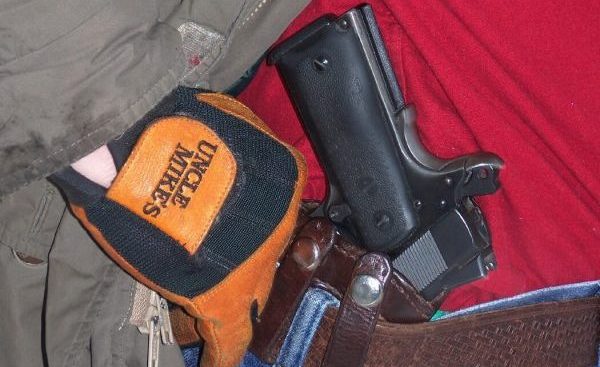
Almost immediately in the aftermath of the Supreme Court’s landmark 6-3 ruling striking down the “good cause” requirement to receive a concealed carry permit in the state of New York, attorneys general in two other states with the same onerous requirement issued directives to all law enforcement agencies in their respective states to drop that requirement.
Ammoland News broke the story about California and Liberty Park Press obtained a copy of the legal alert from the office of California Attorney General Rob Bonta.
“Although Bruen concerns a New York law,” Bonta’s alert explains, “the Bruen majority specifically identifies California as one of six states that has an analogue to New York’s ‘proper cause’ standard. Accordingly, it is the Attorney General’s view that the Court’s decision renders California’s ‘good cause’ standard to secure a permit to carry a concealed weapon in most public places unconstitutional.”
The three-page alert discusses the background of California’s statute. Later in the alert, Bonta notes, “Although California law was not directly at issue in the Bruen decision, the decision makes clear that ‘good cause’ requirements such as those in California Penal Code sections 26150(a)(2) and 26155(a)(2) are inconsistent with the Second and Fourteenth Amendments. Under the Supremacy Clause” of the United States Constitution, state and local officials must comply with clearly established federal law.”
In New Jersey, Acting Attorney General Matthew J. Platkin issued a law enforcement directive that is steeped with anti-gun rhetoric before getting to the point.
“The decision in N.Y. State Rifle & Pistol Assoc. v. Bruen, No. 20-843,” the directive says, “prevents us from continuing to require a demonstration of justifiable need in order to carry a firearm, but it does not prevent us from enforcing the other requirements in our law.”
But Platkin made a point of defending the Garden State’s long history of restricting right-to-carry.
“For over a century,” he wrote, “New Jersey state law has recognized the risks to public safety and to law enforcement that carrying firearms in public can present. As both law enforcement experts and public safety data confirm, an increase in the number of firearms in public can turn confrontations deadly, increase the risk of felonies resulting in death, and make all New Jersey residents less safe. Unchecked public carrying of firearms also puts officers at risk and can turn routine police-citizen encounters into high-risk events. That is why, since 1905, New Jersey has required that individuals who wish to carry firearms in public must obtain a permit to do so.”
The directive noted, “Under current New Jersey law, an individual can obtain a carry permit only if they can demonstrate to the reviewing officer that the applicant satisfies mandatory statutory requirements: (1) is ‘not subject to any of the disabilities which would prevent him or her from obtaining a permit to purchase a handgun or a firearms purchaser identification card,’ (2) is ‘thoroughly familiar with the safe handling and use of handguns,’ and (3) ‘[h]as demonstrated a justifiable need to carry a handgun.’”
This discretionary issue system has allowed public officials—typically police chiefs or sheriffs—to arbitrarily deny permit applications. But the Thomas ruling makes it abundantly clear this has been a constitutional infringement.
“Throughout modern Anglo-American history,” Thomas wrote, “the right to keep and bear arms in public has traditionally been subject to well-defined restrictions governing the intent for which one could carry arms, the manner of carry, or the exceptional circumstances under which one could not carry arms. But apart from a handful of late 19th-century jurisdictions, the historical record compiled by respondents does not demonstrate a tradition of broadly prohibiting the public carry of commonly used firearms for self-defense. Nor is there any such historical tradition limiting public carry only to those law-abiding citizens who demonstrate a special need for self-defense.”
And in his conclusion, Justice Thomas observed, “We know of no other constitutional right that an individual may exercise only after demonstrating to government officers some special need. That is not how the First Amendment works when it comes to unpopular speech or the free exercise of religion. It is not how the Sixth Amendment works when it comes to a defendant’s right to confront the witnesses against him. And it is not how the Second Amendment works when it comes to public carry for self-defense.”